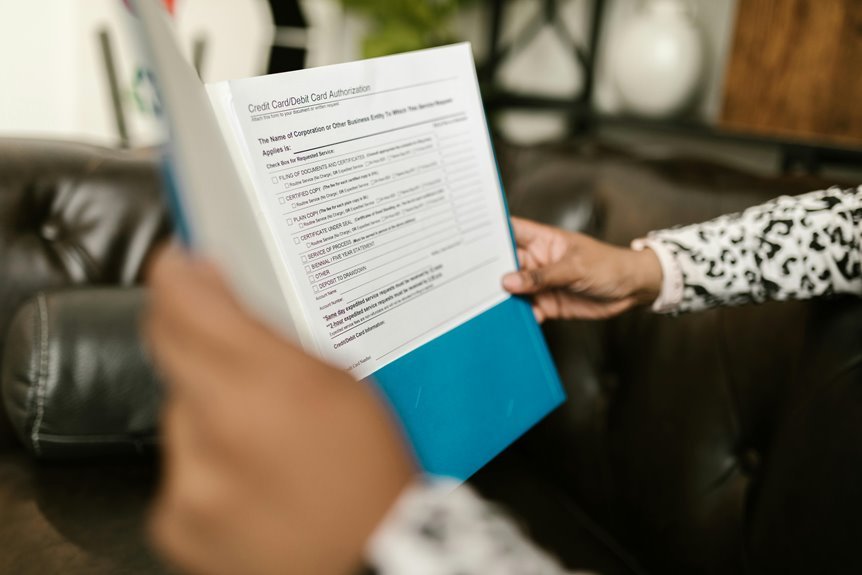The Fraud Caller Security Hotline, with key numbers like 3273718145 and 3758358429, represents a vital resource for individuals confronting the pervasive threat of phone scams. This hotline employs advanced fraud detection and caller verification methods. Understanding the tactics used by scammers is essential for effective prevention. What specific strategies can individuals implement to safeguard their information? The answers lie in the proactive steps that follow.
Understanding the Fraud Caller Security Hotline
While many individuals remain unaware of the resources available to combat fraudulent calls, the Fraud Caller Security Hotline serves as a crucial tool in identifying and addressing such threats.
It employs advanced fraud detection techniques and caller verification processes, empowering users to discern legitimate communications from scams.
This proactive approach fosters a sense of freedom, enabling individuals to protect their personal information and financial security effectively.
Common Tactics Used by Scammers
How do scammers manipulate their targets?
Scammers frequently employ impersonation tactics, posing as trusted figures such as government officials or bank representatives.
They also utilize phishing techniques to extract sensitive information through deceptive emails or phone calls.
Steps to Protect Yourself From Phone Scams
As individuals navigate the complexities of modern communication, implementing effective strategies to shield themselves from phone scams becomes essential.
Utilizing call blocking technology can significantly reduce unwanted contact, while maintaining a heightened level of scam awareness empowers individuals to recognize potential threats.
Regularly updating privacy settings and educating oneself about common scam tactics further fortifies personal defenses against fraudulent calls, ensuring greater autonomy and security in communication.
Reporting Suspicious Calls and Seeking Help
When individuals encounter suspicious calls, promptly reporting these incidents can play a crucial role in combating phone scams and protecting others from potential harm.
Understanding the reporting procedures is essential. Users should document caller identification details and provide comprehensive information to relevant authorities.
This proactive approach empowers individuals, fostering a community that prioritizes vigilance and collaboration in the fight against fraudulent activities.
Conclusion
In the digital landscape, the Fraud Caller Security Hotline stands as a lighthouse, illuminating the treacherous waters of phone scams. By recognizing the common tactics employed by fraudsters and arming oneself with knowledge, individuals can navigate these dangers more effectively. Reporting suspicious calls transforms individual vigilance into a collective shield, fortifying community defenses against deceit. Ultimately, each proactive step taken is a brick laid in the wall of security, safeguarding personal information against the shadows of fraud.






